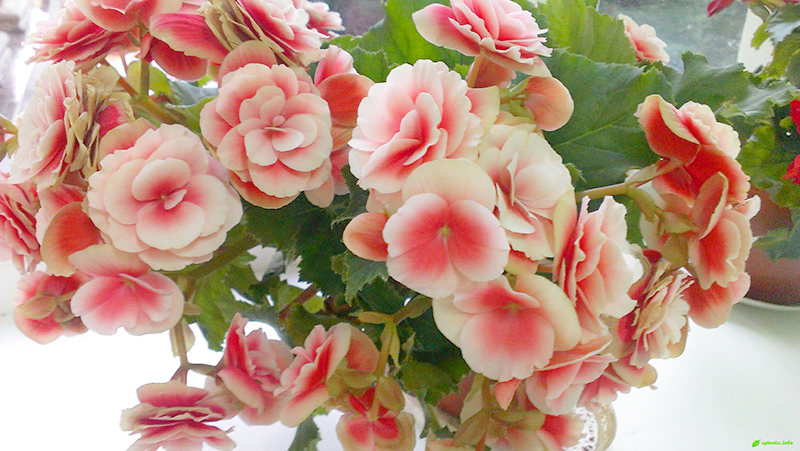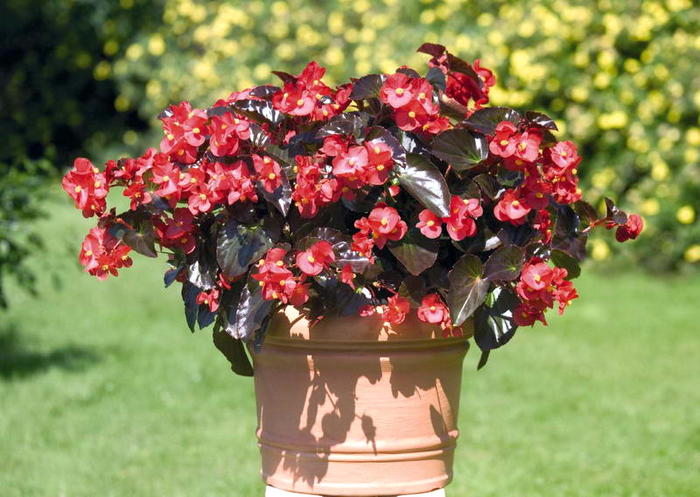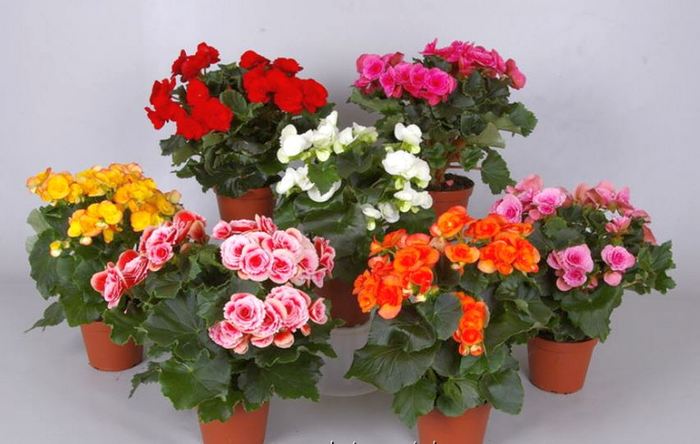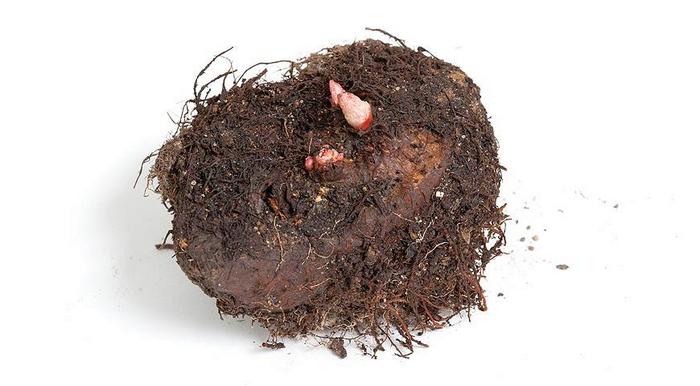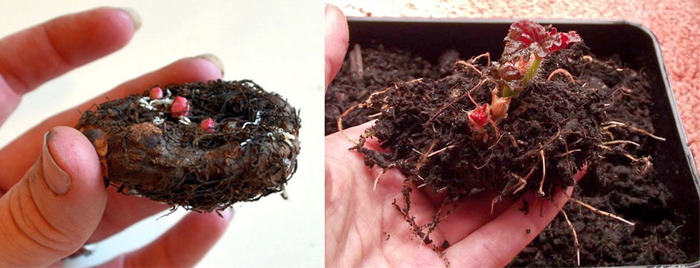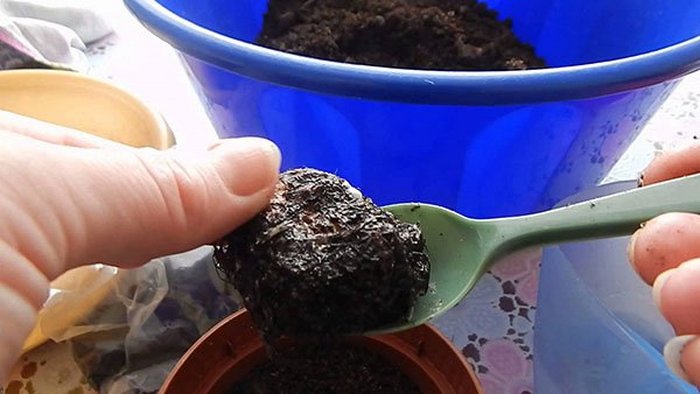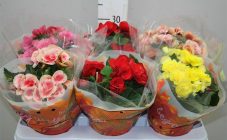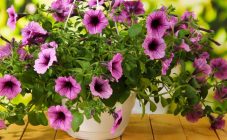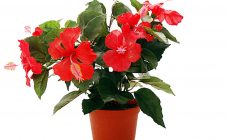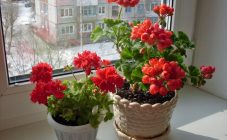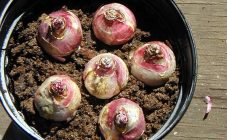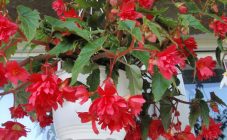Content:
Begonia has been cultivated at home for more than one hundred years. This rather attractive flower culture has become widespread in recent years. The flower is considered a suitable plant for those who are just taking their first steps in floriculture. Although the culture is unpretentious, there are still some nuances of keeping it in an apartment.
Here you will learn how to care for potted begonia at home for beginners.
First you need to find out what kinds of begonias exist that are suitable for indoor growing. Then you should figure out what conditions you need to create. This applies to soil, temperature, lighting, humidity, as well as other conditions for successful development.
Types of begonias for home breeding
All varieties of these colors are divided into three main groups.
Decorative blooming begonias. Plants with beautiful flowers of red, pink, white colors are included in this category. They can bloom all year round. The most popular is the ever-flowering culture. Varieties:
- Elatior;
- Ambassador;
- Baby Win and others.
Decorative deciduous begonias. Plants do not have a common stem, nor beautiful flowers. But they are distinguished by spectacular leaves of all kinds of shapes and shades. There are even patterned, as well as edged sheet plates. The most common varieties:
- Royal;
- Tiger;
- Metallica and others.
Tuberous begonia. Of course, it is more suitable for garden landscaping. After all, for the winter she "falls asleep", goes to rest. Despite this, many flower lovers grow it as an indoor crop. It is distinguished by lush, double flowers similar to peonies or roses (diameter 5-15 cm). Their coloring: from snow-white shades to dark-red tones. There are also bicolor specimens.
Agricultural technology of cultivation
Choose light window sills for placing begonias. However, it is necessary to protect plants from direct sunlight, especially during the flowering period. Otherwise, the leaves may burn. The bushes should be shaded using blinds or newspapers.
The required length of daylight hours for plants (12-14 hours). In the autumn-winter period, it is necessary to provide begonias with additional lighting with phytolamps or daylight devices.
In spring and summer, the comfortable temperature is + 20-22 degrees. In autumn and winter, the temperature regime should be + 15-19 degrees. Sharp temperature fluctuations, as well as its decrease below +14 degrees, can lead to leaf fall or even plant death.
It is necessary to provide begonias with high humidity. It should be at least 60-80%. Expanded clay or gravel is poured into a wide pan, moistened. They put a pot with a plant on it. Containers filled with water, fountains, aquariums are also installed next to the bush.
The plant loves light, fertile, loose, breathable, slightly acidic soils (pH 5.5). You can buy ready-made soil in the store or prepare it yourself. Its composition:
- sheet land (2 parts);
- peat (2 parts);
- compost (1 part);
- sand (1 part).
To make the earth looser, add vermiculite, perlite, coke fiber. Dolomite powder, lime, wood ash are used to reduce acidity. Sift the prepared mixture, remove large fragments. Scald the soil with boiling water or roasted in the oven.
What kind of pot is needed for begonias
Choose a small container for a small plant stem. Begonia pot size 5 - 6 cm. It must have drainage holes. After about 6 months, when the young seedling builds up the root mass, it is transplanted into a larger container (8-10 cm).
Subsequent transplanting depends on the formation of the roots. For example, they carry it out a year later. Take a container a third larger than the previous pot. If you immediately plant the plant in a large pot, the roots can rot.
It is preferable to use round pots for begonias. Ceramic flowerpots are considered the best. They do not retain moisture, air circulates perfectly. Ordinary plastic containers will do, though.
How to choose a begonia for planting in a pot
When buying a plant, you need to carefully examine it. The leaves should be firm, free from spots, damage, insect pests. It is best that the buds on the bush are half-open. So, when the situation changes, the plant will get used to the house faster.
If you want to buy begonias tubers, they must be strong, dense, not overdried (at least 4 cm in diameter), without mold. Usually, a high-quality onion has a convex bottom, a concave or flat top, as well as tubercles, irregularities (growth points) located in the upper part.
It is best to buy tubers at the end of February - March. During this time, reddish or white buds will be visible on healthy bulbs. And in January - February it is difficult to determine them. They are still dormant.
How to plant begonia
All begonias are best planted in spring. You can pre-treat the roots of the plant with a fungicide.
Expanded clay or coarse sand is poured at the bottom of the pot. Charcoal is placed on top of it (layer 2-3 cm). This is necessary to avoid root rot. Then the prepared soil is poured.
The plant is planted in the center of the pot, sprinkled with earth (left to the edge of 1 cm), do not tamp. Water abundantly, drain excess water from the saucer. If the soil subsides, fill up the soil.
Tuber planting
The best time is March. Tubers are pre-germinated. They are planted in a mixture of leafy soil with peat or purchased soil. There should be a drain at the bottom of the container.
Place containers in a bright place. Maintain high humidity and the desired temperature (+18 degrees). Pour into a pallet.
When sprouts appear, the onions are transplanted into pots. Do not fill them with earth to the brim. After the nodules grow up, sprinkle with soil (3 cm thick).
How to care for potted begonia at home after purchase
- First of all, you need to choose the right place for the plant. If begonias are bought in the fall, they are placed on the windowsills of the east or west windows in winter.
- A plant acquired in the spring and summer is displayed on the windowsill of the northern window. You cannot rearrange a flower from one place to another, you must protect it from drafts. It should also be borne in mind that begonia loves space, which means it is better not to place it next to other plants.
- You do not need to water the begonia for the first 5 days after you buy it.She needs to get used to her new home.
- The plant should not be repotted immediately after purchase, especially during the flowering phase. It is necessary to transplant if the plant is flooded or the condition of the soil in the pot does not inspire confidence.
- The plant needs quarantine for 2 weeks. Then determine it to a permanent place.
Further care
From spring to autumn, begonia is watered abundantly (1 time / 3 days). Moisturize when the ground dries out to a depth of 1.5 cm. In summer, in the heat, watering can be more frequent, almost daily. Complex dressings are added to the water every 10 days. For irrigation, use settled water at room temperature.
In autumn, as well as in winter, reduce irrigation (1-2 times / 7 days). How to water begonias in a tray or pot. This question is asked by many novice florists. Irrigate root begonia at the root. It is unacceptable for water to fall on leaves, flowers. If the plants are tuberous, pour water into a saucer.
Top dressing
During budding, flowering, flowering begonias are fed with potassium-phosphorus substances (2 times / month). Do not use nitrogenous compounds. Plants may discard all buds or not bloom at all.
But decorative deciduous varieties require nitrogenous substances.
Pruning
For the first time, young plants are pruned when the stems are 6-7 centimeters long. After such an operation, watering is reduced until the formation of new shoots.
After the lateral stems grow 10 cm, cut off their tops above the externally located buds. Subsequently, elongated twigs are removed, forming a beautiful crown.
Transfer
Plants are transplanted when the roots become cramped in the pot (frequency: once / 1-2 years). The procedure is carried out in the spring. Carefully take out the bush, pre-wate it. Remove earth, damaged fragments.
Immerse the horse system in a weak solution of potassium permanganate for 30 minutes. Then washed in running water, dried. Place drainage in a new pot. The plant is placed in a flowerpot larger than the previous pot (3-4 cm).
How to care in winter
With the onset of autumn, care for tuberous crops ends. Dig the onions after all the tops have died. They are dried, placed in peat or sand. Tubers are checked occasionally (1-2 times / month). Store in a cool place (basement, glazed balcony) until spring.
Plants with decorative leaves need the same care as in summer. True, they reduce watering, lower the temperature (+16 - 18 degrees), arrange additional lighting. It is undesirable to leave flowers near the heating system.
As you know, Elatior begonia can bloom all year round. However, experienced florists recommend arranging a vacation for them. You just need to pinch the tops of the shoots. They need the same winter care as decorative deciduous species.
Diseases, pests
- Powdery mildew, gray rot. They are treated with fungicides, reduce the humidity in the room, ventilate it, and reduce watering of the plant.
- Aphid. Spray with soapy water, use tobacco infusion, chemicals.
- Spider mite. They wash the bushes with soapy water, apply insecticides.
- Gall nematode. The affected plants are destroyed.
With proper care, the plant will delight with abundant flowering and pleasant aroma almost all year round.
